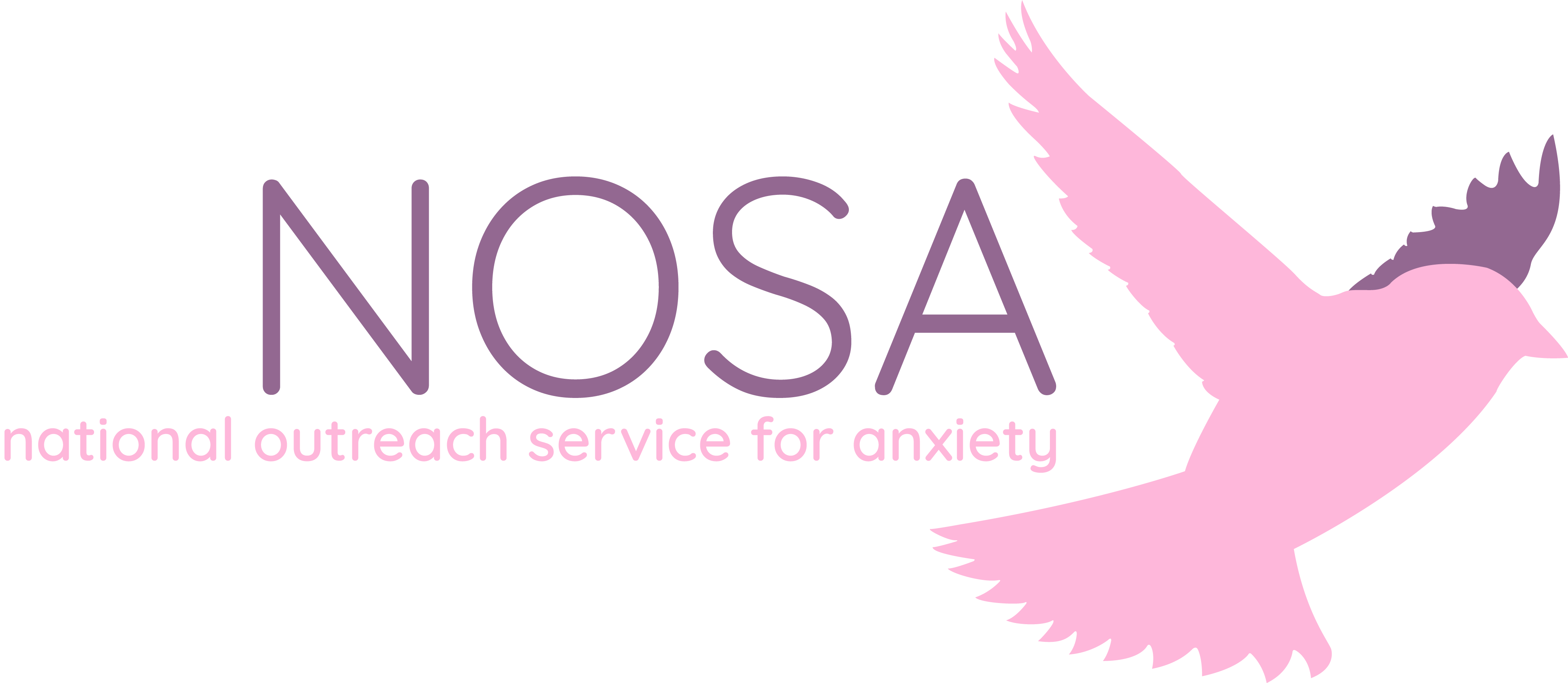Panic
It can be a very disturbing experience to have a panic attack. A panic attack involves an intense and often unexpected episode of physical symptoms, that can include breathlessness, sweating, dizziness, blurred vision, nausea, chest pain, dry mouth and feeling that you need to go to the toilet. Often people who experience these attacks might fear a particular outcome, such as they will faint, be sick or have a heart attack. Often these problems can lead to avoidance of certain situations and activities. For example, someone who fears their symptoms may lead to a heart attack might avoid physical activity and exercise.

